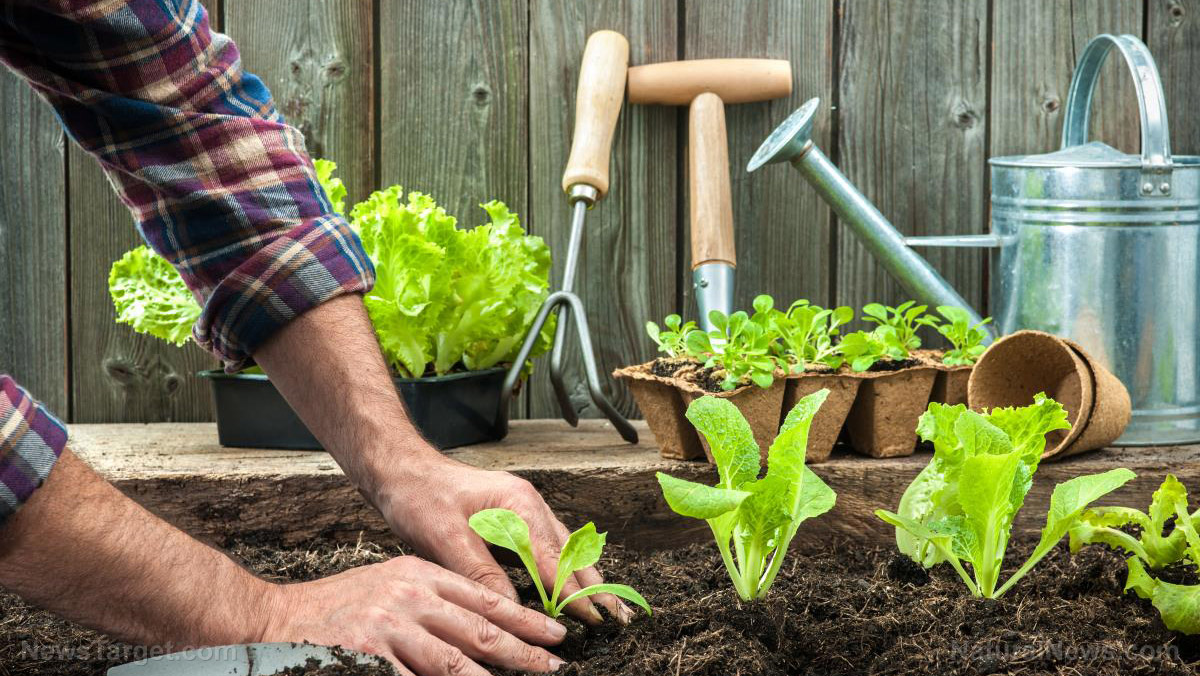
Advertisement
Planning to start a home garden? First, you need to understand what plant hardiness maps are for and how they can help you find varieties that will grow best in your area.
Understanding plant hardiness maps
The Department of Agriculture (USDA) first published the original map indicating planting zones in 1960.
The American Horticultural Society and the U.S. National Arboretum sponsored the publication. The zones are referred to as rough guides, but updates are occasionally made. However, these updates are more useful to professionals than to average gardeners.
The USDA Plant Hardiness Map in the contiguous United States and southern Canada has 11 planting zones. Each region on these zones is defined by a 10 F difference in the average annual minimum temperature.
The higher the numbers are, the warmer the temperatures for gardening are in those areas.
The 11 zones are categorized into an “a” section and a “b” section that represent a 5 F difference for greater precision. “A” is colder than “b.”
Why do planting zones exist?
Plant hardiness zones, which are also called planting zones or growing zones, will help you determine which plants grow best in your region’s climate. Seed dealers and nurseries label their products according to their USDA Plant Hardiness Zones, and these zone designations serve as guides for gardeners.
Experienced gardeners plan their gardens and crops by studying the USDA planting zones. When choosing plants for your garden, you need to know which shrubs and perennials in garden catalogs are hardy enough to survive winter in your region.
You can grow crops not suited to the climate in your area, but this is a task best suited for experienced gardeners.
Gardening in microclimates
If you’ve been gardening for a long time, you will eventually learn how to use “microclimates” to your advantage. A microclimate is “a location on a property where the climate differs from the average climate on that property.”
A garden that’s large enough may have a certain spot that is warmer than other areas in your backyard. You can use this knowledge to grow a plant there that normally wouldn’t be able to survive in your region.
U.S. states and planting zones
When deciding on plants that you want to grow in your garden, consider which growing zone you’re in.
- Parts of Alaska lie in USDA planting zone 1.
- Parts of northern Minnesota are zones 2 and 3.
- Most of the U.S. is in zones 4 to 8.
- Central and southern Florida are in zones 9 to 11.
- Technically, zone 11 isn’t the hottest USDA zone.
- There are special zones, namely zones 12 and 13 for Hawaii and Puerto Rico, respectively.
While the USDA system is commonly used in the East, a competing system called the “Sunset climate zones” is used more often in the West.
Unlike the USDA system, the Sunset system has zones that consider these factors:
- Length of the growing season
- Timing and amount of rainfall
- Winter lows
- Summer highs
- Wind
- Humidity
Hardy and tender plants
Planting zones can be confusing for gardening newbies. However, familiarizing yourself with these growing zones will help you determine which plants are cold-hardy and which ones are on the tender side.
Cold-hardy plants include ninebark (Physocarpus opulifolius, zones 3 to 7), peonies (Paeonia lactiflora, zones 2 to 9) and PeeGee hydrangeas (Hydrangea paniculata, zones 3 to 8).
Meanwhile, plants like birds of paradise (Strelitzia reginae, zones 9 to 11), gerbera daisies (Gerbera jamesonii, zones 9 to 11) and purple fountain grass (Pennisetum setaceum Rubrum, zones 9 to 11) are tender.
Use your planting zone wisely
If you plan on growing perennial plants, you need to learn more about your planting zones.
Perennials are meant to grow beyond just one growing season and they need to survive winter in your area. Find out how cold your area can get, then find plants that are hardy enough to survive those temperatures.
Gardens with perennial flowers, shrubs and trees will thrive if you plant them in their appropriate zones. To avoid wasting your time and energy when gardening, remember that winter damage often occurs when you grow plants beyond their designated range or “comfort zone.”
When deciding what to plant in your home garden, avoid crops that are only marginally hardy for your region. These plants will mostly likely suffer from winter damage or grow poorly, wasting your time and resources in the process.
For annual plants, like certain flowers and various vegetables, take note of the length of your growing season and the typical dates of your first and last frosts. You can check your frost dates here. Since annual plants are meant to last the length of one growing season, you don’t need to bother with planting zones.
When planning a home garden, look up your growing zones on USDA plant hardiness maps to determine which crops will grow well in your area. Once you’ve mastered your planting zones, experiment with other crops and learn how to use microclimates to your advantage.
Sources:
Advertisements







